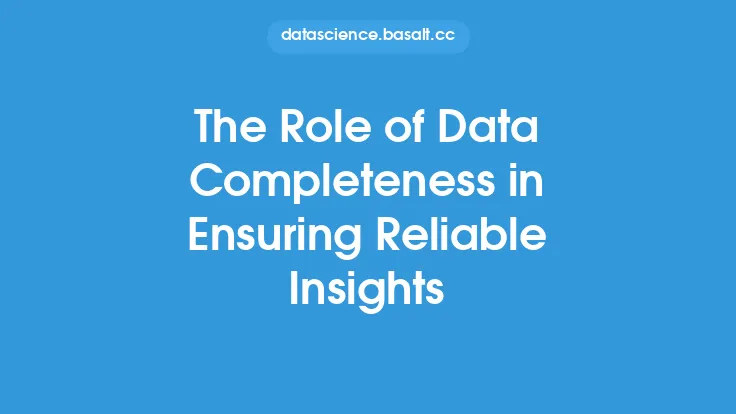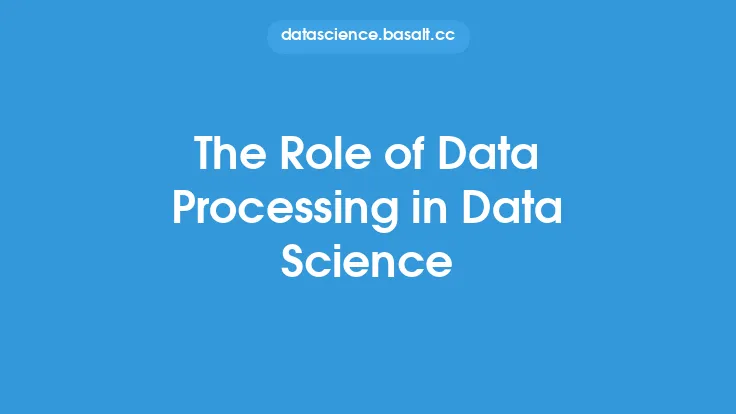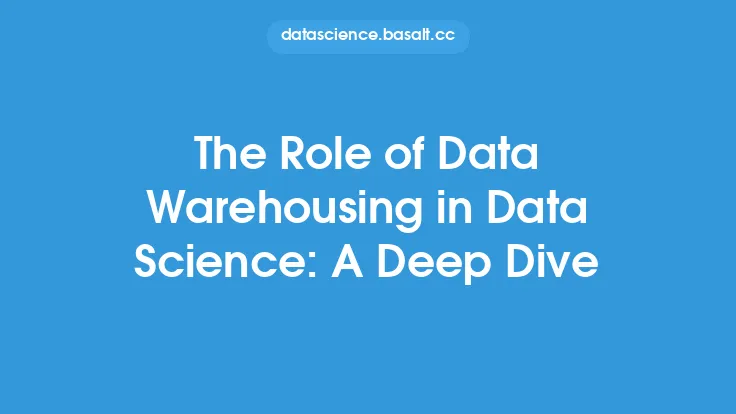The process of data reporting has undergone significant transformations over the years, driven by advances in technology and the increasing demand for accurate and timely insights. At the heart of this evolution is automation, which has revolutionized the way data is collected, processed, and presented. Automation in data reporting refers to the use of software and algorithms to perform tasks that would otherwise be done manually, such as data extraction, data processing, and report generation. This not only saves time and reduces the risk of human error but also enables organizations to produce high-quality reports on a large scale and at a rapid pace.
Introduction to Automation in Data Reporting
Automation in data reporting is made possible by a range of technologies, including scripting languages, data integration tools, and business intelligence software. These tools allow users to create automated workflows that can extract data from various sources, apply complex calculations and transformations, and generate reports in a variety of formats. For instance, a company might use automation to generate daily sales reports, which would involve extracting data from its customer relationship management (CRM) system, applying filters and calculations, and then producing a report that highlights key trends and insights. By automating this process, the company can ensure that its sales team has access to timely and accurate information, without having to manually compile the data each day.
Benefits of Automation in Data Reporting
The benefits of automation in data reporting are numerous and well-documented. One of the most significant advantages is the reduction in manual effort required to produce reports. By automating repetitive tasks, organizations can free up staff to focus on higher-value activities, such as data analysis and interpretation. Automation also reduces the risk of human error, which can be a major problem in manual reporting processes. Additionally, automation enables organizations to produce reports on a large scale and at a rapid pace, which is particularly useful for companies that need to generate reports for multiple stakeholders or on a frequent basis. For example, a financial services company might use automation to generate thousands of customer statements each month, which would be a time-consuming and error-prone process if done manually.
Technical Aspects of Automation in Data Reporting
From a technical perspective, automation in data reporting involves the use of various tools and technologies to create automated workflows. One common approach is to use scripting languages, such as Python or R, to extract data from sources, apply transformations, and generate reports. These scripts can be run on a schedule, such as daily or weekly, to ensure that reports are produced consistently and on time. Another approach is to use data integration tools, such as ETL (extract, transform, load) software, to extract data from multiple sources and load it into a centralized repository. This data can then be used to generate reports using business intelligence software, such as Tableau or Power BI. For instance, a company might use ETL software to extract data from its CRM system, ERP system, and social media platforms, and then use this data to generate a comprehensive report on customer engagement.
Best Practices for Implementing Automation in Data Reporting
To get the most out of automation in data reporting, organizations should follow several best practices. First, it's essential to define clear goals and objectives for the automation project, such as reducing manual effort or improving report accuracy. Next, organizations should select the right tools and technologies for the job, taking into account factors such as data complexity, report frequency, and user requirements. It's also important to design automated workflows that are flexible and scalable, to accommodate changing business needs and growing data volumes. Additionally, organizations should implement robust testing and quality assurance processes to ensure that automated reports are accurate and reliable. Finally, it's crucial to provide training and support to users, to help them understand how to use automated reports and interpret the insights they contain.
Common Challenges and Limitations of Automation in Data Reporting
While automation in data reporting offers many benefits, it's not without its challenges and limitations. One common issue is data quality, which can be a major problem if the data used to generate reports is inaccurate, incomplete, or inconsistent. Another challenge is report complexity, which can make it difficult to design automated workflows that meet the needs of all stakeholders. Additionally, automation can be inflexible, making it difficult to accommodate changing business needs or unexpected events. Furthermore, automation can also be costly, particularly if organizations need to invest in new tools and technologies or hire specialized staff to design and maintain automated workflows. To overcome these challenges, organizations should prioritize data quality, invest in flexible and scalable automation solutions, and provide ongoing training and support to users.
Future of Automation in Data Reporting
The future of automation in data reporting is exciting and rapidly evolving. One trend that's expected to have a major impact is the use of artificial intelligence (AI) and machine learning (ML) to generate reports. These technologies can be used to analyze large datasets, identify patterns and trends, and generate insights that would be difficult or impossible for humans to discover. Another trend is the use of cloud-based automation solutions, which can provide organizations with greater flexibility and scalability, as well as reduced costs and improved collaboration. Additionally, the increasing use of big data and IoT devices is expected to drive demand for automation in data reporting, as organizations seek to extract insights from large and complex datasets. As automation continues to evolve, it's likely that we'll see new and innovative applications of this technology, such as automated data storytelling and personalized reporting.





